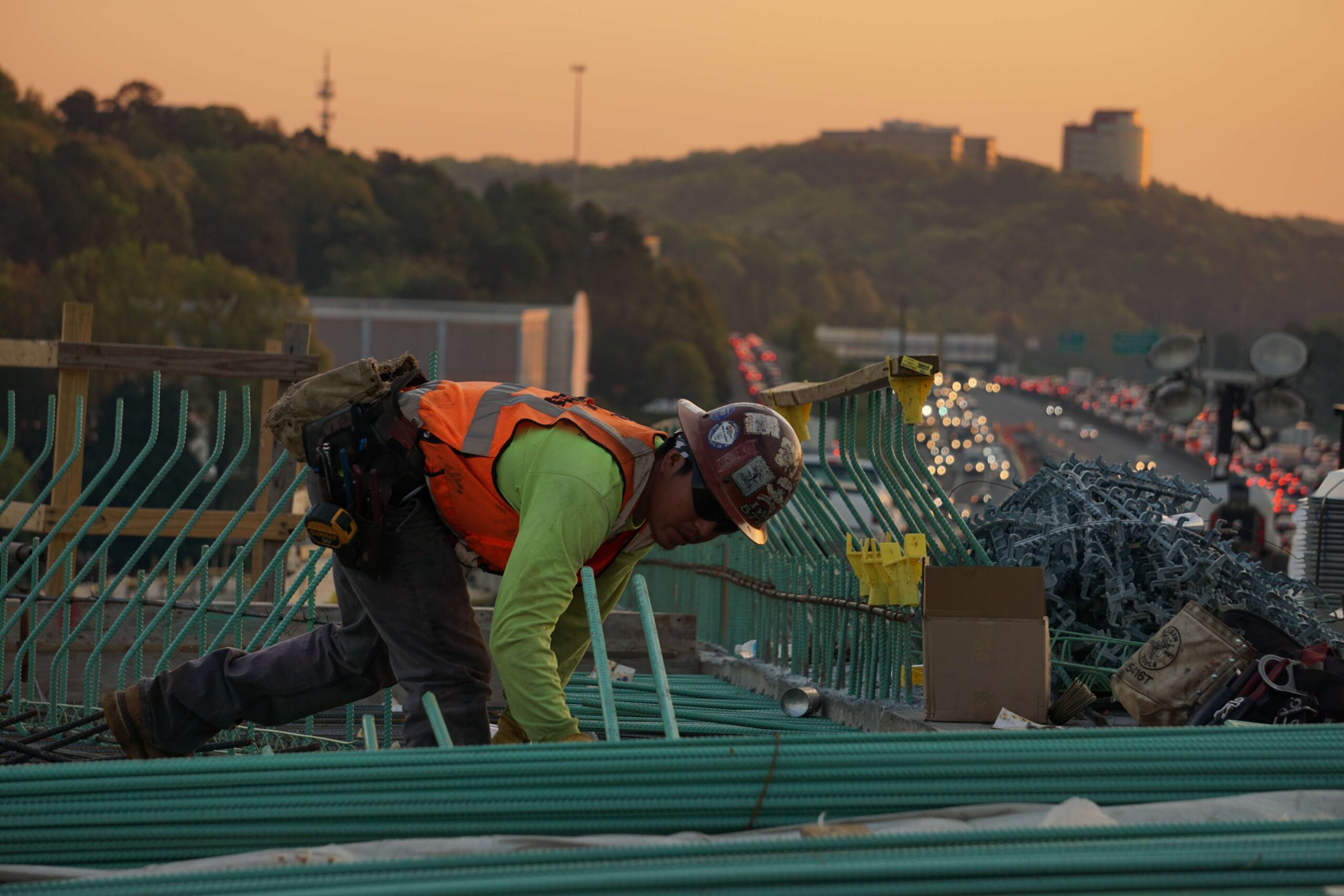The new year began with the Occupational Safety and Health Administration (OSHA) clearly establishing that it is focusing on enforcement in 2023. After announcing that it is expanding its instance-by-instance citation policy and issuing corresponding enforcement memoranda on January 26, 2023, it followed on February 7, 2023, by issuing a new directive. That new directive—CPL 02-01-064—continues OSHA’s Site-Specific Targeting (SST) program. The SST program is part of OSHA’s “programmed” inspection arsenal. Under the SST program, OSHA may select an employer’s establishment for a comprehensive safety or health inspection (a.k.a., “wall-to-wall, floor to ceiling” inspection) without there being an accident or complaint.
OSHA utilizes four categories in the SST program. The first three categories rely on data reported via OSHA Form 300A submissions (the 2022 OSHA Form 300A has to be submitted electronically by those required to submit them no later than March 2, 2023). OSHA requires certain employers to electronically report data of employees’ days absent, days of restricted duty, or days of transferred positions, due to injuries and illnesses for each of an employer’s establishments. OSHA uses this information collectively to calculate a national Days Away, Restricted, or Transferred (DART) rate. (OSHA sets one DART rate for manufacturing and a different DART rate for nonmanufacturing as objective selection criteria). OSHA then calculates a DART rate for each establishment required to submit OSHA Form 300A data. Using this data, OSHA places establishments into four categories.
- “High-rate establishments.” The directive does not provide a threshold DART rate, but establishments with rates above the industry average can expect to be included in this category. According to the Bureau of Labor Statistics, the overall (not industry-based) DART average rate in 2021 was 7 per one hundred full-time workers.
- “Upward trending establishments.” These had DART rates “at or above twice the private sector” industry average in calendar year (CY) 2019, and continued to trend upward through CY 2021.
- “Low-rate establishments.” These are establishments with low DART ratings, but remarkably are also subject to the SST program so OSHA can “verify the reliability” of reported data. Low-rate establishments are not subject to “comprehensive” inspections, but are subject to a walk-through recordkeeping inspection, which can easily morph into a comprehensive one.
- “Non-responders.” This category is based on the complete absence of data. Establishments that should have, but did not, submit required OSHA Form 300A data in CY 2021 fall here.
The SST program does not set a specific number of inspections per area office or total number the agency must conduct per year. Selection is random, computer program-driven and the OSHA area office determines the number of establishments subject to SST inspections (five to fifty establishments per fiscal year according to the directive) based on available resources and the geographic range of each office. Although the number of SST program inspections decreased during the COVID-19 years, given the increase in the number of compliance officers and the trend of increased inspections overall during 2022, it appears that an increased number of SST inspections is likely in 2023 and for the foreseeable future thereafter.
While increased inspection activity does not, in and of itself, portend an increase in the number of citations or larger penalties, given OSHA’s recent enforcement memoranda, it seems clear that both the likelihood that both the number of citations and corresponding penalties issued from these SST inspections will increase significantly.
Employers in states with OSHA-approved state plans may want to note that those state plans must have inspection “targeting” systems, which must be at least as effective as OSHA’s targeting programs, but the directive does not require state plans to adopt OSHA’s SST program.






